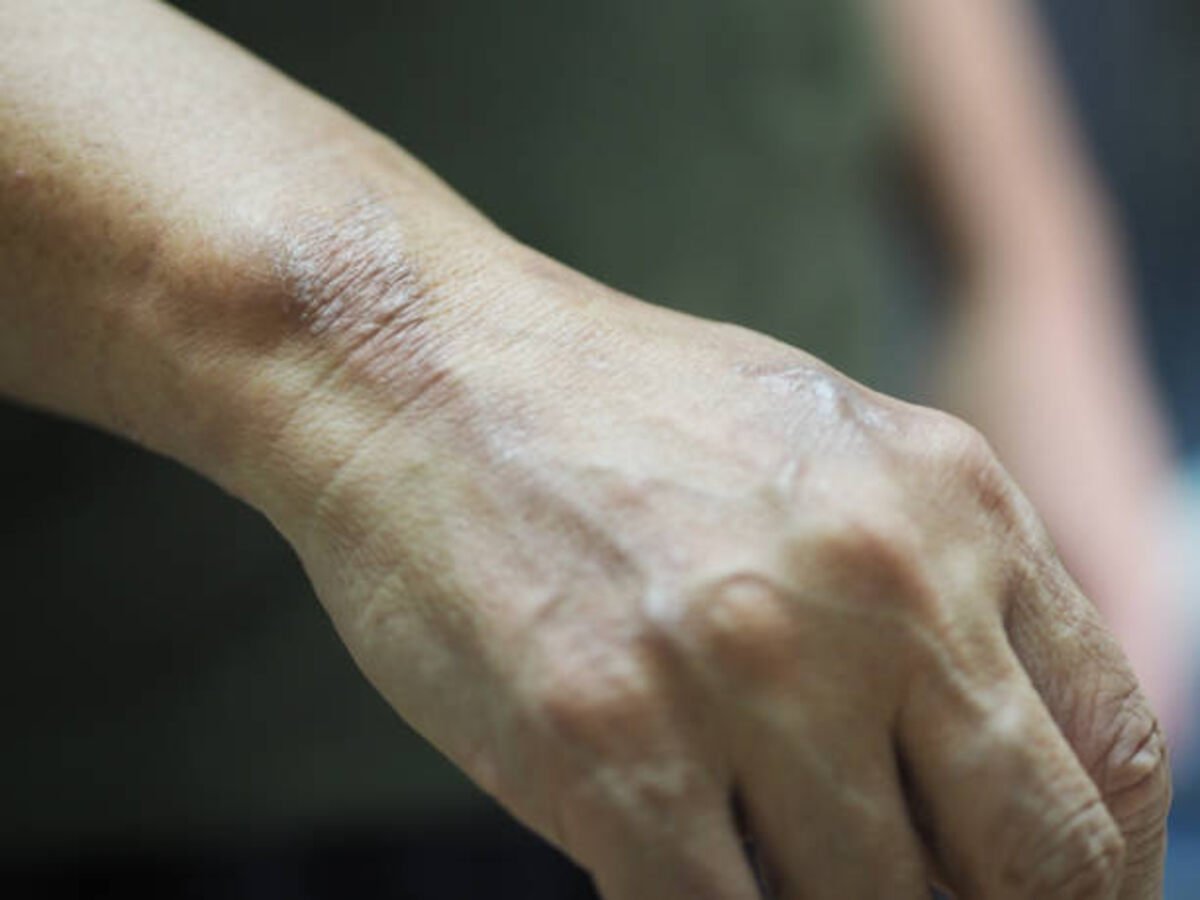Learn what is leprosy and how to prevent it. Armadillos spread this disease. The most effective way to prevent the disease is to get a timely diagnosis and treatment. To do this, annual examinations are recommended for people with frequent household contact with someone with leprosy. In addition, a person should be examined five years after the last time they came in contact with a person with the disease.
Mycobacterium leprae
Hansen’s disease is a chronic infectious disease caused by the Mycobacterium leprae. The disease targets the peripheral nerves and damages the skin, nose, muscles, and eyes. It can affect anyone at any age. In addition, the infection is often hereditary.
DNA from human skin biopsy samples has been sequenced. Whole genome sequencing has made it possible to identify mutations associated with leprosy. In addition, phylogenetic analysis of the bacterial genome revealed that the disease-causing Mycobacterium leprae is endemic in a region with a high prevalence of leprosy.
Transmission of the disease is not standard but is thought to occur through prolonged skin-to-skin contact, insect bites, and trans-placental transmission. The bacteria can survive for up to nine days outside of the host. Therefore, children under 15 years are at an increased risk of contracting leprosy. In addition, men are twice as likely to contract the disease as women, although it is not known if their weakened immune systems cause their vulnerability to leprosy.
Leprosy is caused by Mycobacterium leprae, a bacterium that infects the peripheral nerves in the skin. It can also affect the eyes, nose, and muscles and cause severe deformities. Although the disease has been eliminated in many countries, it still occurs in developing countries and imposes enormous economic and social burdens on those affected.
Spread by armadillos
While leprosy by armadillo transmission is rare in the United States, it can still be dangerous. About 150 to 250 cases are reported every year. Many of these are the result of travel from infected areas overseas. Leprosy can be cured, but it requires a long course of antibiotics.
Researchers conducted a study to determine if armadillos were responsible for the spread of leprosy in Brazil. Researchers examined the spleens of 16 armadillos, including 10 with the disease. They found that seven people developed leprosy in the town of Belterra. In addition, 92 people in the area had positive leprosy antibodies. This increased their risk of contracting the disease.
The findings were presented in a recent New England Journal of Medicine article. Although leprosy does not spread easily between hosts, it has debilitating symptoms and can lead to a person losing their ability to live everyday life. Symptoms include skin lesions and growths, which progress over some time. In rare cases, a patient can develop blindness or even complete paralysis. Rabies is another disease caused by armadillos, but it does not progress quickly.
Symptoms
Several symptoms can indicate a person is suffering from leprosy. These include pain, muscle weakness, and skin lesions. In addition, leprosy can cause nerve damage. It affects the sense of touch, making it difficult for a patient to feel temperature and pain. Untreated leprosy can cause the loss of fingers and toes.
The symptoms of leprosy develop slowly over several years. In the early stages, they are similar to those of other diseases such as syphilis, tetanus, and leptospirosis. These symptoms typically appear on the hands, feet, and face. However, as the disease progresses, it may affect other body parts.
Leprosy is an infectious disease caused by acid-fast bacteria. It affects the skin, eyes, and upper respiratory tract mucosa. As it progresses, it causes permanent damage to the skin, nerves, limbs, and eyes. Its symptoms are often disfiguring, and many people who suffer from leprosy become social outcasts.
Treatment
The effects of leprosy can be very severe. People suffering from the disease may lose their eyebrows, eyelashes, or even a hand or foot. Their eyes may also become paralyzed, and they may not be able to close them or blink. In addition, their digits may become shorter or die due to nerve damage. In many cases, the leprosy sufferer will also develop skin lesions or sores.
In most cases, leprosy can be treated with antibiotics. Antibiotics are usually taken for six months to a year, depending on the severity of the disease. Antibiotics do not cure leprosy but can help prevent nerve damage and death caused by the disease. Sometimes, patients are treated with two to three different antibiotics a day.
In some cases, nerve damage occurs even after leprosy treatment. This is due to an immunologic problem in 25 to 50 percent of leprosy patients. The immune system reacts against the dead bacteria in the skin. This reaction causes redness of the skin lesions and swelling of the nerves.

Comments are closed.